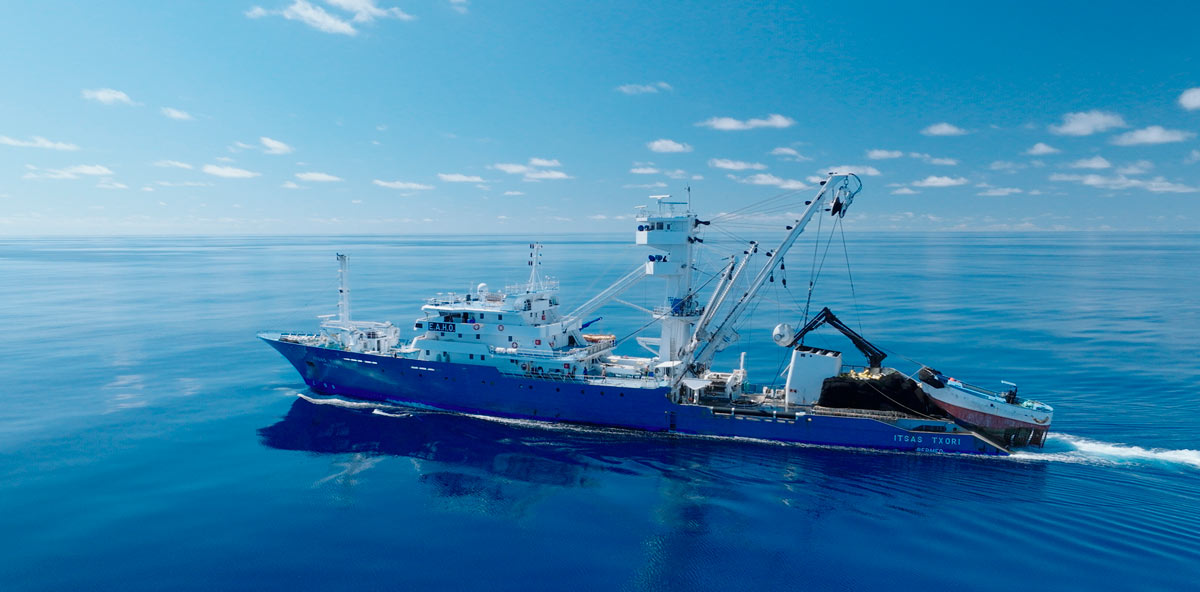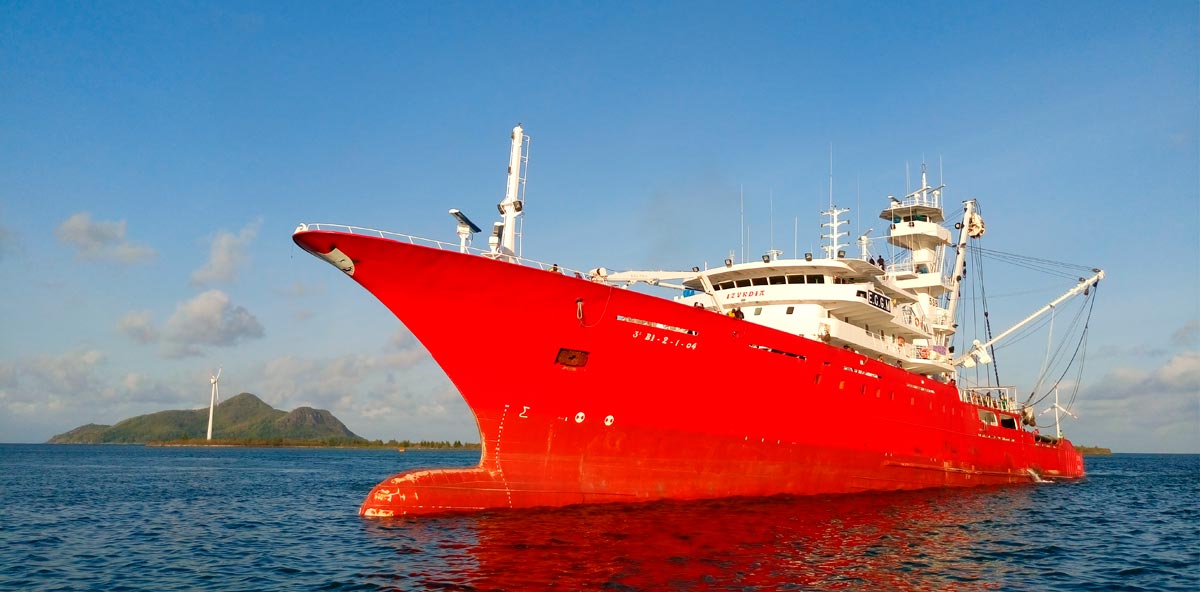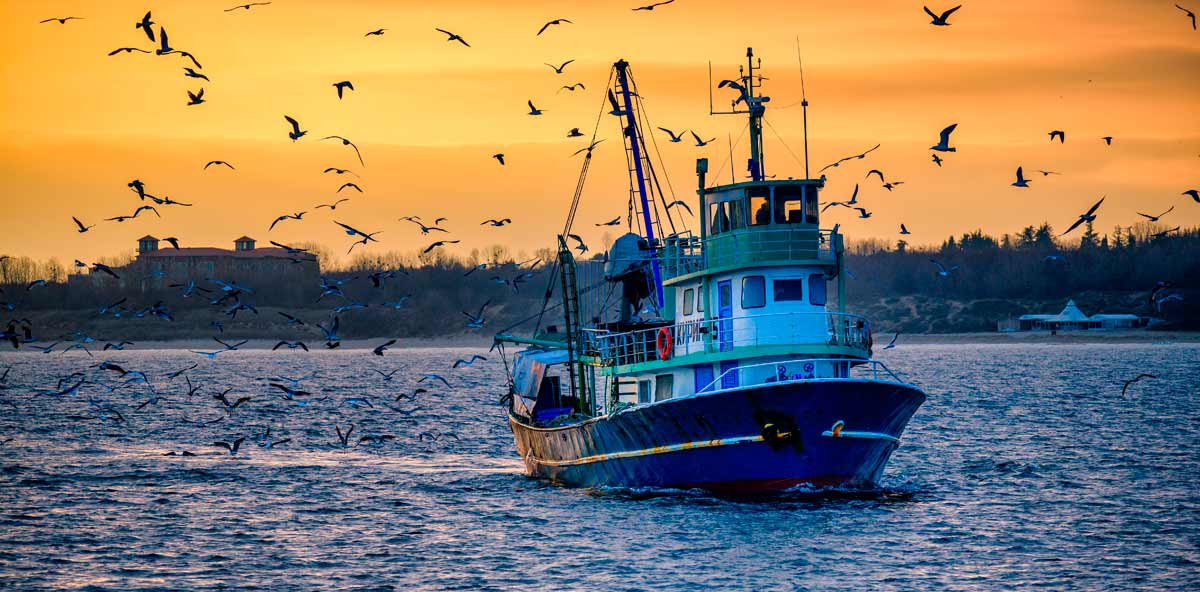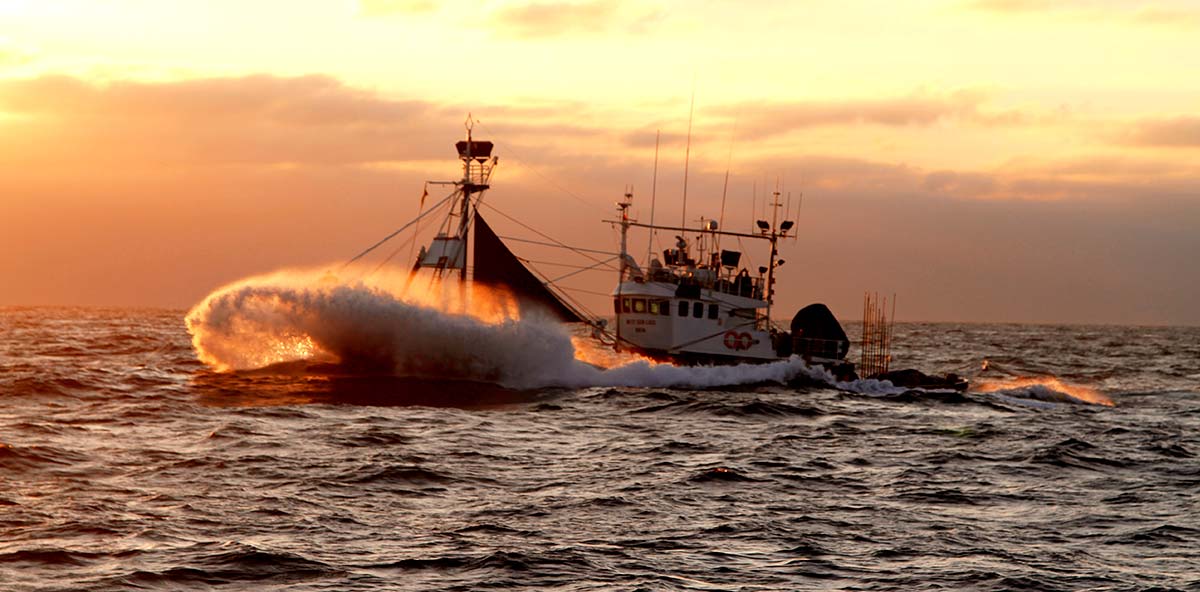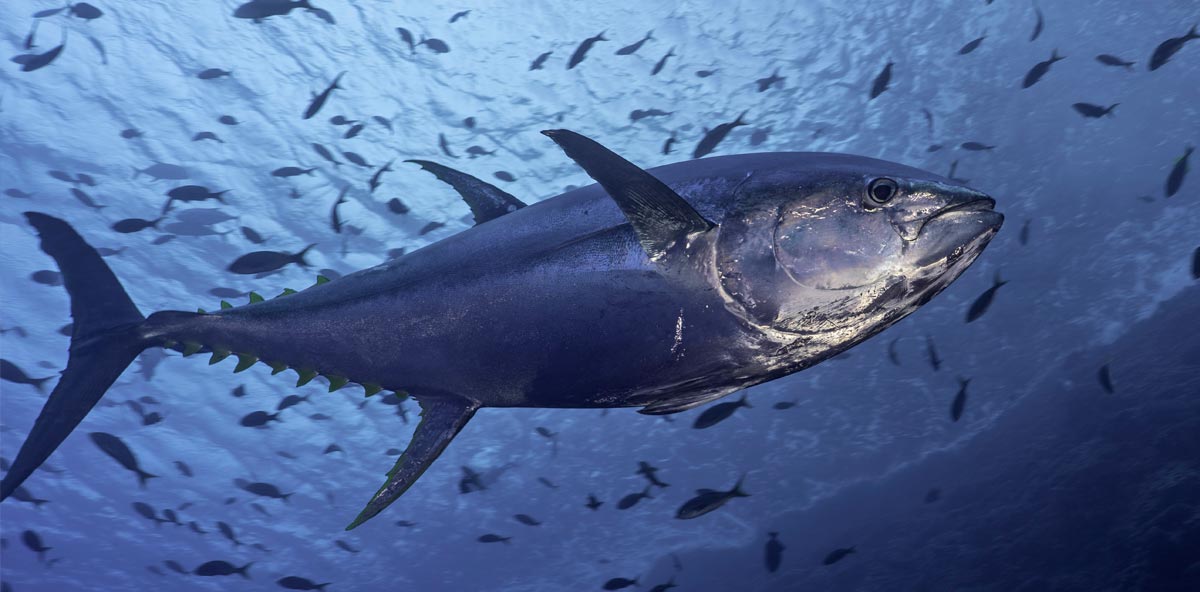BSH – BLUESHARK
Habitat characterisation, migration patterns and spatio-temporal interaction of the Basque fleet with blue sharks (Prionacea glauca) and shortfin mako sharks (Isurus oxyrinchus)
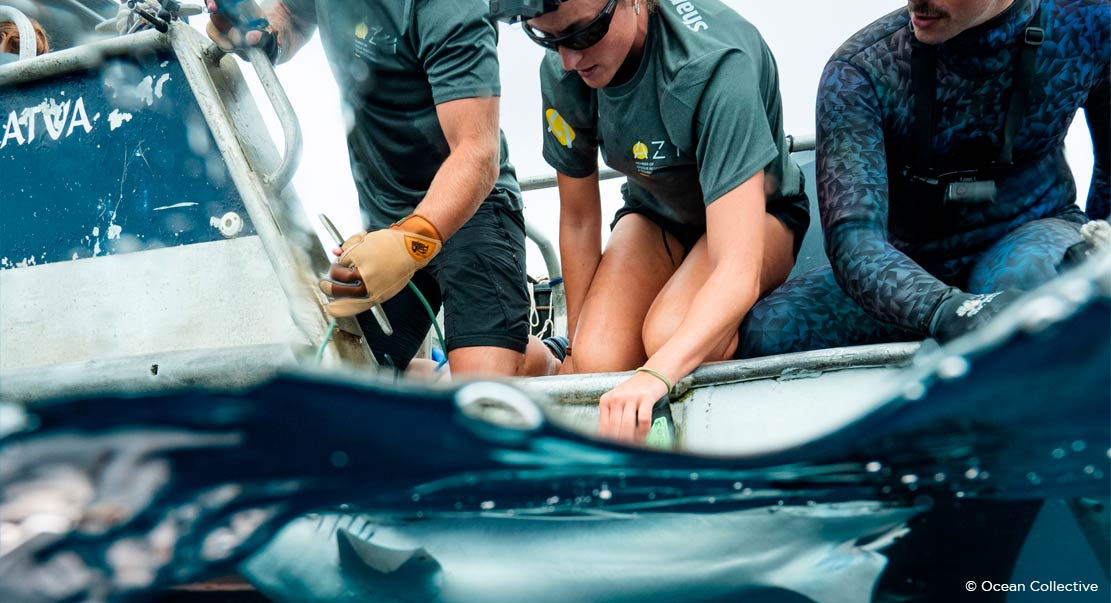
Context
The blue shark (Prionacea glauca) is considered one of the most abundant species of pelagic sharks but also the most commonly caught shark species. This shark is caught as a target species by commercial and recreational fisheries, but also as bycatch in tuna and swordfish longline fisheries. Bycatch is sometimes even greater than that of the target species in the fishery and the total catch of blue sharks contributes up to 90% of the total catch of elasmobranchs (sharks and rays).
Like the blue shark, the shortfin mako shark (Isurus oxyrinchus) is mainly caught by pelagic longlines targeting other species. North Atlantic dusky shark catches are landed mainly by European vessels, with Spain leading the way (ICCAT, 2018). It is a slow-growing species and populations are heavily impacted by fishing, which is why it has been listed on Appendix II of the Convention on International Trade in Endangered Species of Wild Fauna and Flora.
It has recently been shown that the Bay of Biscay is an area with a high presence of juvenile blue sharks, being a migration area from the north on their way to the Canary Islands and the Azores. This area of passage makes the Basque coast a suitable place to see these animals, and in recent years, an increase in shark watching and swimming activities has been observed. It is precisely in these activities that several shortfin mako sharks have also been observed.
Objective
The general objective of the study is to characterise the dynamics and migration patterns of blue sharks (Prionacea glauca) and shortfin mako sharks (Isurus oxyrinchus) in the Bay of Biscay and to identify areas of interaction with the fleet (incidental catches) to develop management measures that will lead to a reduction in fishing mortality of these species.
The specific objectives of the study are:
- The design of the sampling and biological data collection strategy.
- Collection of spatial occurrence data and habitat modelling.
- Compilation of spatial data on fishing areas and gear and identification of areas of overlap with the species of interest.
- Creation of a photo-identification and aerial observation database
- Development and adaptation of methodology and pilot tagging of 10 individuals.
- Communication and dissemination of results in working groups and international congresses.
Expected impact
This project will contribute to assessing the areas of greatest interaction and therefore probability of greater bycatch of blue shark and shorttooth shark species in the Bay of Biscay. The knowledge generated on the dynamics and migration patterns of these species through the pilot shark tagging test will enable measures to be taken to reduce their bycatch and problems for the fleet. In addition, the feasibility of carrying out other types of activities related to these species (i.e. shark watching) will be studied.
| Duration |
Anually from 2023 |
| Funding |
Eusko Jaurlaritza – Basque Government through the European Maritime, Fisheries and Aquaculture Fund |


